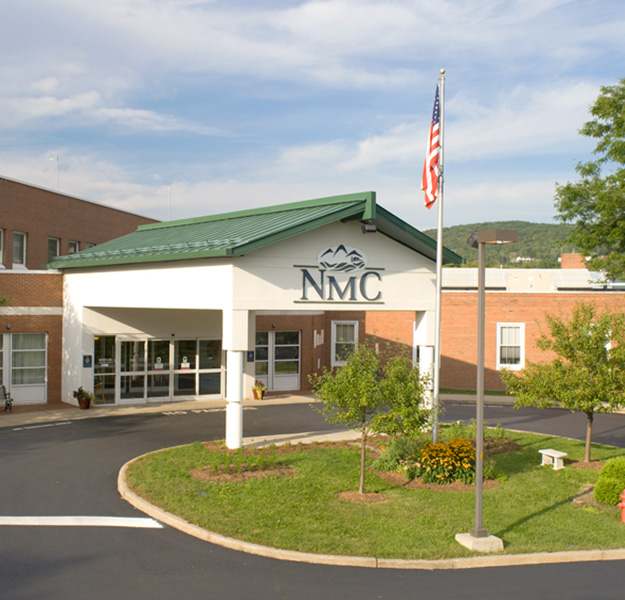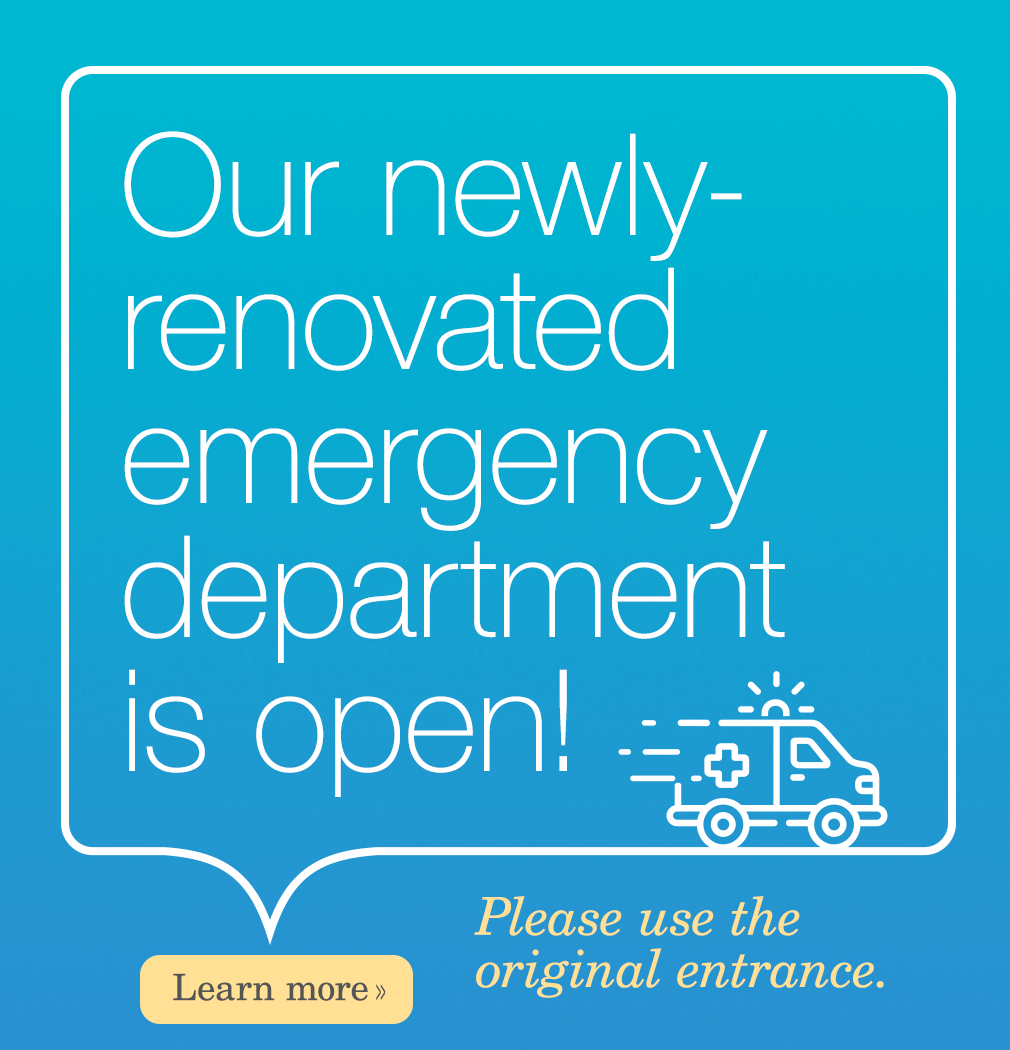

Did NMC Respond Appropriately to the Revenue Cap?
Yes. In response to the revenue cap, NMC proposed to the State that we lower our overall charges to patients by 8% heading into Fiscal Year 2016. We took this step even though NMC’s rates are typically below the state average (based on published comparisons) and NMC has had the lowest overall rate increase in the past thirteen years among all of Vermont’s hospitals. As I discussed in this column in July when NMC submitted our proposed Fiscal 2016 budget to the Green Mountain Care Board (GMCB) and again after the regulators had acted upon our budget, higher than anticipated demands for care and other factors in Fiscal 2015 meant NMC exceeded the 3% cap on revenues. We were pleased that rather than pursue even greater reductions, the GMCB allowed us to invest a portion of revenue back into prevention and population health as we believe that is the future of our healthcare system and the key to long-term savings.
We are proud to have such strong results in the quality of our care we provide, creating a strong community confidence in us to provide care locally which is resulting in increasing volumes and market share. We were also pleased to see “bad debt” levels in our budget improve. This is the area where we anticipate how many of our bills will go unpaid. While improvement here resulted in more revenue and thereby helped push us past the cap, it is good news that fewer of our patients were unable to pay their bills. If this is a result of more Vermonters having health insurance, it is a very positive sign for Vermont.
Still, rate reductions put NMC in a challenging position, even with our current financial health. While the patient revenue coming in to the hospital is capped at 3% growth per year, the expenses we face to meet the increasing volume of necessary care are growing faster than that. Since our revenue is capped, we can no longer fund rising expenses through additional revenues from increased services. This makes the creation of our Fiscal Year 2017 budget particularly challenging and our team will have to find a way. We will continue to find ways to pull avoidable costs out of the system without restricting access or diminishing quality. Last week, I discussed our energy savings efforts that have resulted in $200 to $300 less energy expense per day compared to 2012 cost-adjusted levels. Recently, our Materials Management staff, the Orthopaedic Surgeons, and our Surgical Services team have improved how we purchase implants and saved more than $300,000 per year. These kinds of efforts are ongoing at NMC, as we recognize that healthcare itself is still too expensive and we must actively work to reduce costs.
It is important to understand that the regulatory work of the GMCB aligns with the work needed to transition Vermont’s healthcare system from a fee-for-service model (where physicians and hospitals and other providers are paid for each visit or treatment) to a population health model (where they are paid to keep a community healthy). Our intent is to maintain NMC’s financial health through prudent reductions in avoidable expenses through continuous improvement efforts while working with the GMCB and other Vermont leaders on transitioning our system to population health. We respect the efforts and intent of the GMCB and in working collaboratively with them, we will create a healthier future for Vermont. That being said before we make a final decision to participate in a new model of payment we must understand any care and financial impact to this community.
Ultimately, the biggest savings for our community and for all of Vermont will not come from fewer kilowatts of electricity or better pricing on implants (though every savings helps). They will not come from reducing payments to all providers. They will come from changing our system to focus on population health and investing in prevention to avoid the need for costly medical interventions for preventable conditions. Years ago, NMC established “Diabetes & You” to help individuals with diabetes avoid costly complications. It has been very successful. Now, through Primary Care, the Vermont Blueprint for Health, Northwestern Lifestyle Medicine, and RiseVT – the community campaign to embrace healthy lifestyles – we are working to prevent the onset of diabetes in the first place, further reducing the need for costly specialized care by investing in prevention. This is an example of our future.
While the vision of population health is appealing, the process of reinventing our delivery system is overwhelming. I believe Vermont will be up to that challenge as we work through the analysis of the “all payer waiver” to determine what is best for our collective future. Meanwhile, please join me in the fun of RiseVT by embracing a healthier lifestyle. Visit www.risevt.com and see how you can make small, powerful changes in your daily routine that put you on a path to feeling better, having more energy, and all the other benefits and savings associated with good health.
— Jill Berry Bowen, NMC’s Chief Executive Officer

